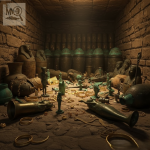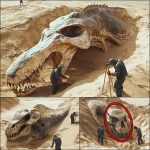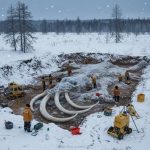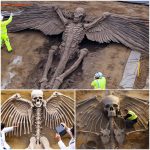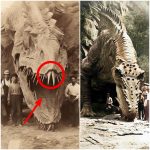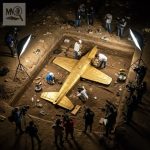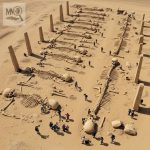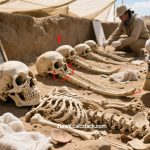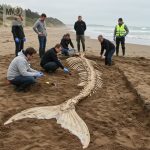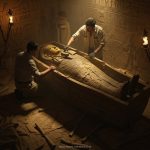Whispers of the Bronze Age: The Crowned Burial of the Levant
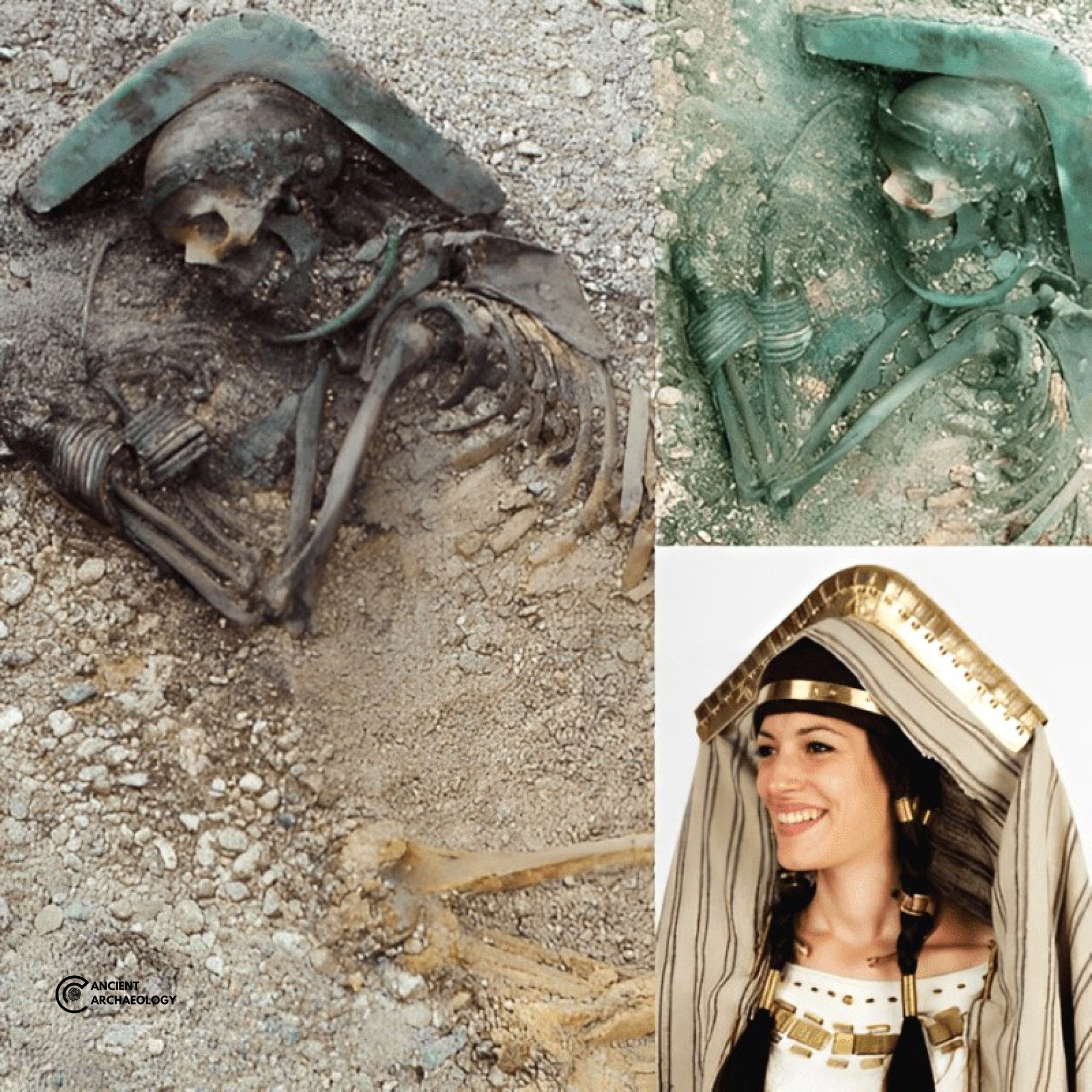
The Bronze Age, a period defined by innovation, trade, and ritual, continues to reveal its secrets through remarkable archaeological discoveries. In the heart of the Levant, researchers recently unearthed a burial site dating back to 1,800 BCE, offering a glimpse into the majesty, symbolism, and spiritual beliefs of an ancient society. Known as the Crowned Burial of the Levant, this find combines haunting beauty with cultural depth, its artifacts whispering stories from nearly four thousand years ago.
A Burial Both Symbolic and Sacred

The skeleton was discovered in a fetal position, curled as though returning to the womb of the earth. Such burials are often interpreted as symbolic acts, representing the eternal cycle of life, death, and rebirth. In this posture, the deceased becomes part of a ritual narrative—one in which death was not seen as an end but as a continuation of existence within the cosmic order.
Resting atop the skull, an ornate bronze headdress still gleams faintly, its luster defying millennia underground. The presence of such regalia suggests that the individual was a person of power and reverence—possibly a noblewoman, priestess, or spiritual leader whose authority extended into the afterlife.
A Crowned Figure of Authority
The bronze headdress distinguishes this burial from others of its time. Metalwork in the Bronze Age was not only a sign of technological skill but also of wealth, influence, and religious significance. To crown the deceased with such an artifact implies a role of exceptional importance, perhaps tied to ritual leadership or governance within the community.
Alongside the headdress, jewelry encircled the body—bracelets, beads, and ornaments that speak of both status and ceremonial function. These adornments emphasize that the burial was no ordinary interment but a carefully orchestrated act of reverence.
Insights Into Bronze Age Culture

The discovery of the Crowned Burial provides archaeologists with fresh insight into the social hierarchies and belief systems of the Levant during the second millennium BCE. The combination of symbolic burial posture, ornate artifacts, and precious materials reflects a society that placed immense value on ritual and memory.
It also illustrates the interconnectedness of the ancient world. The craftsmanship of the jewelry and bronze suggests influences from neighboring cultures through trade and cultural exchange, underscoring the Levant’s role as a crossroads of civilization.
Whispers of Antiquity
Standing before the burial, one is struck not only by its archaeological significance but also by its profound humanity. The curled skeleton, the glimmering crown, and the circle of jewelry form a tableau that transcends time. It reminds us that the people of the Bronze Age, though separated by thousands of years, shared the same desires for identity, meaning, and legacy.
Conclusion
The Crowned Burial of the Levant is more than an ancient grave—it is a story written in bone and bronze, a whisper carried across the ages. Through this discovery, we glimpse a world where power and ritual intertwined, where death was honored as part of life’s eternal cycle. The crowned figure lies in silence, yet her presence speaks volumes, reminding us of the sacred mysteries still hidden beneath the sands of time.
